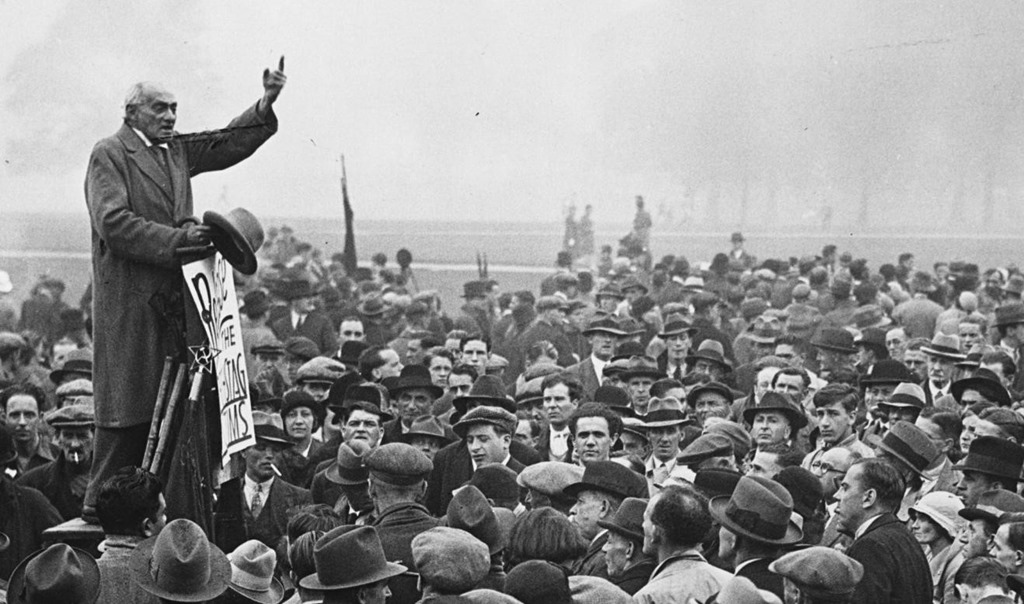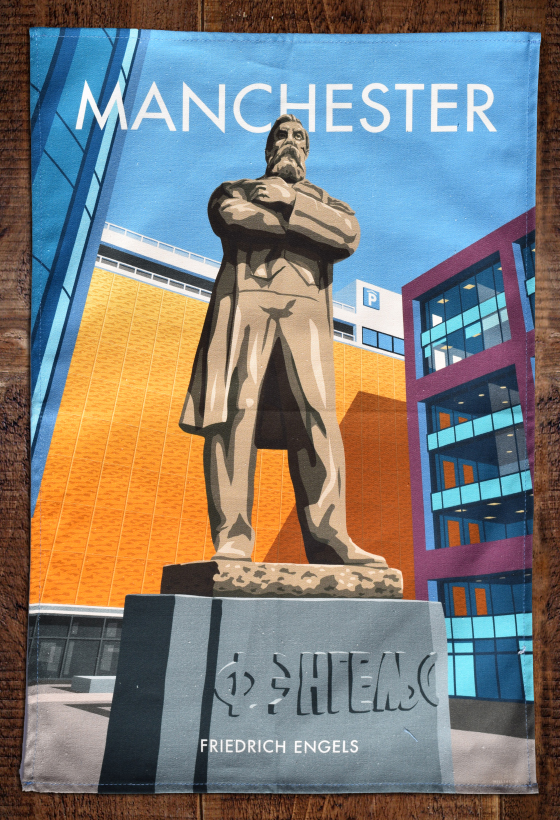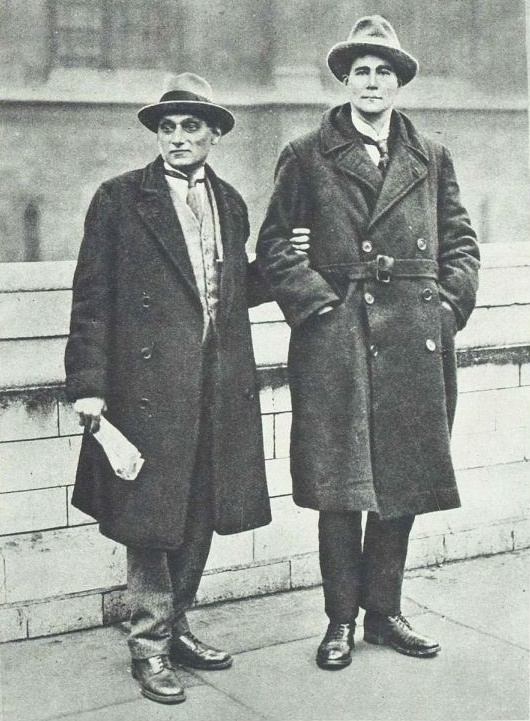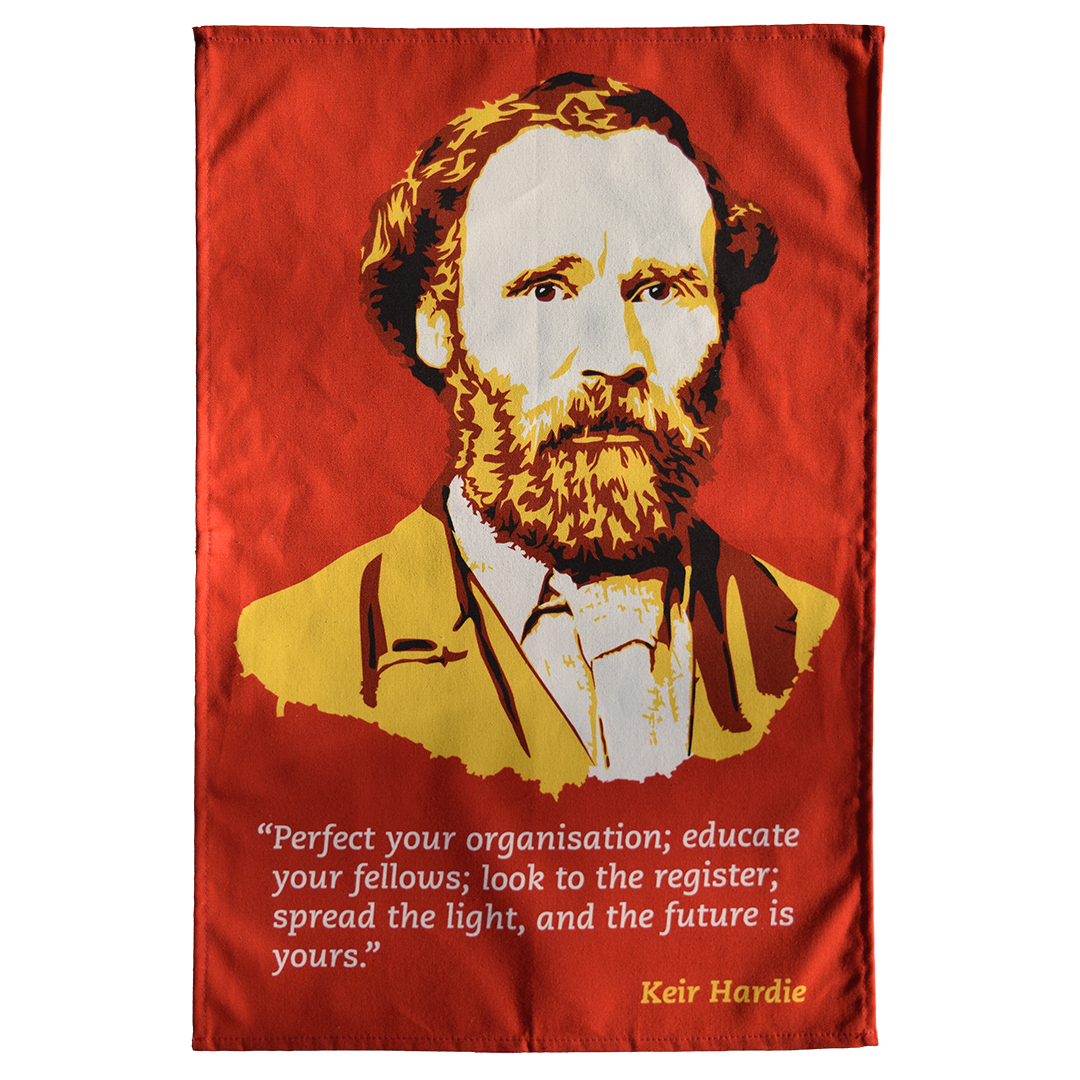Shapurji Saklatvala: The First Labour MP of Indian Heritage
Posted by Pete on 28th Mar 2021
Elected to the British Parliament in 1922, Saklatvala was born on this day in 1874
What is it that connects Battersea in South London, the Indian corporate giant Tata Steel, and the Communist Party of Great Britain?
Actually it’s not a what, but a who: Shapurji Saklatvala, the first British MP of Indian heritage to become an MP for the UK Labour Party, born on this day in 1874.

Saklatvala was born under the British Raj to a wealthy family in Mumbai. His mother, Jerbai, was the sister of Jamsetji Tata, the famed industrial magnate and founder of Tata Steel.
After leaving school, Saklatvala briefly worked as an iron and coal prospector for the Tata Group before moving to England in 1905 to recover from a bout of malaria.
He never moved back.

Posted to Tata’s Manchester office, the young Saklatvala was soon radicalised by the working-class politics of Northern England.
In 1909, he joined the Independent Labour Party (ILP).
For Saklatvala on the Left of the labour movement, the 1910s were a formative period, as for millions of others in Europe and around the world.
The October Revolution of 1917 and anti-colonial disquiet of the era were a huge inspiration.
With a group of fellow enthusiasts, he tried to get the ILP to partner up with the Communist International when it was created in Moscow in 1919.
After this campaign failed, Saklatvala and his comrades founded the Communist Party of Great Britain.

Then, remarkably, he was elected as a Communist Party MP for North Battersea, also backed by a Labour Party endorsement – this was before the first Red Scare really kicked into gear, frightening Labour away from the Communists.
Saklatvala won with 11,311 votes, making him the first person of Indian heritage to ever be elected to the British Parliament.
This was a period when the House of Commons was beginning, bit by bit, to look very different.
After centuries of being occupied exclusively by extremely rich white men, change was in the air.
Working men fighting for the working class arrived at the end of the 19th century – not least the Scottish miner, Keir Hardie.
And the 1918 General Election was the first in which any women could stand for Parliament, with Sinn Fein’s Constance Markievicz becoming the first woman elected.
But the election of an Indian Communist in 1922 might have been the most disruptive new arrival yet.

Once in Parliament, Saklatvala worked with fellow communists and socialists to fight for cheaper housing and better jobs, giving a voice to the growing number of unemployed in post-war Britain.
Briefly voted out in 1923, Saklatvala was re-elected by the people of Battersea in the 1924 General Election, this time without Labour’s endorsement – distance between the two parties was growing.
For the rest of the 1920s, Saklatvala continued to agitate for the oppressed in Britain and across the empire.
In 1926, he was arrested for sedition over a speech he gave to coalminers during the General Strike and from 1927 he was active in the Brussels-based League Against Imperialism.
Saklatvala lost his seat for good in the 1929 General Election.
He spent the rest of his days, until his death in 1936, fighting for the working class and the revolutionary transformation of an unjust world.
Saklatvala is evidence of how much remarkable history is missed when we accept the myth of British history as almost entirely male, white, and conservative.
From black agitators against the slave trade in the 18th century to the Grunwick Strike of 1976, the history of these islands is far less grey – and far more radical – than we might think!
